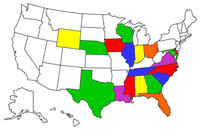New to home build, kit,experimental world, so I have a dumb question for you all.............if I was and IA, why would I want to take the risk and liability and sign off a kit plane?
Just wondering because I love to build things and some day want to build a kit plane.
thanks



 Reply With Quote
Reply With Quote




